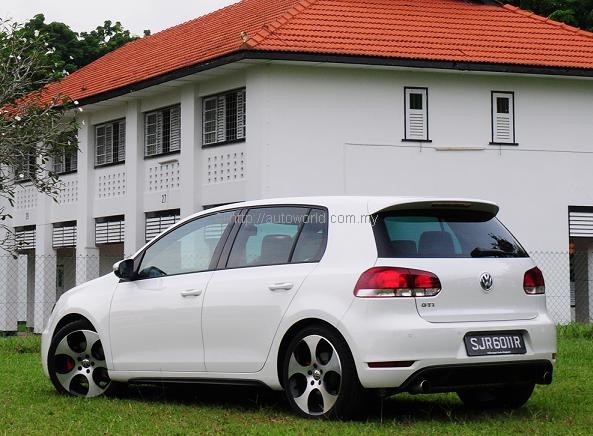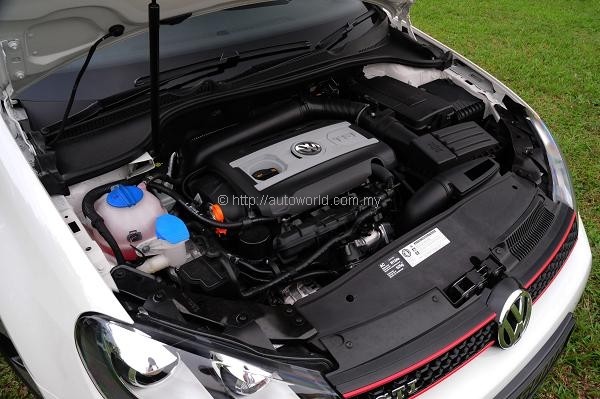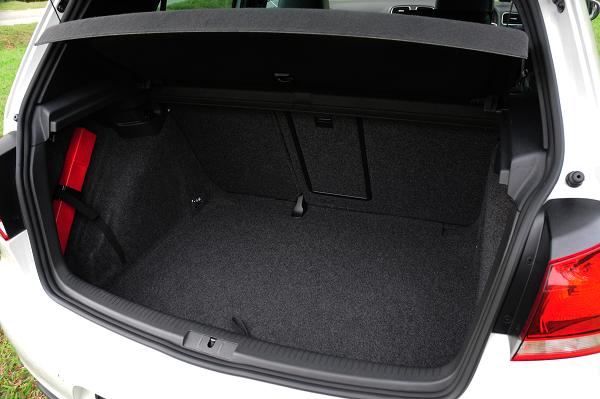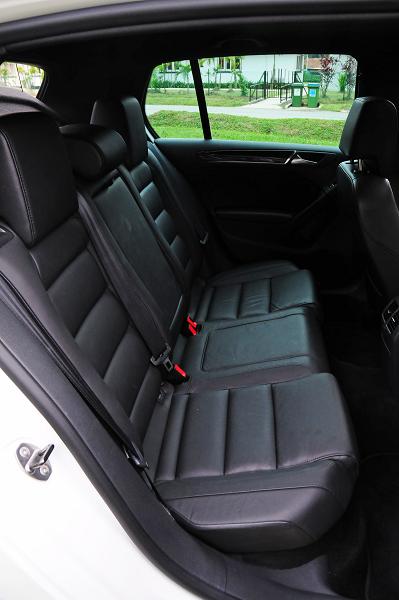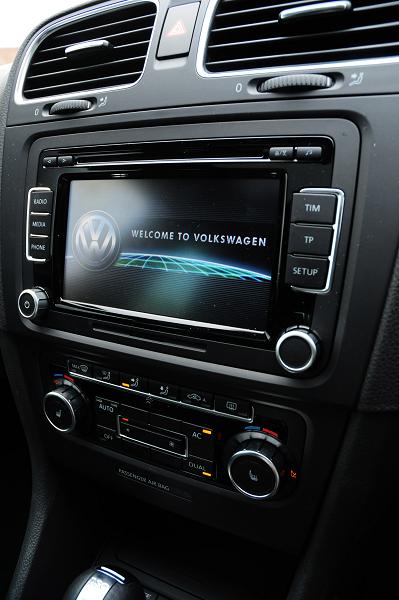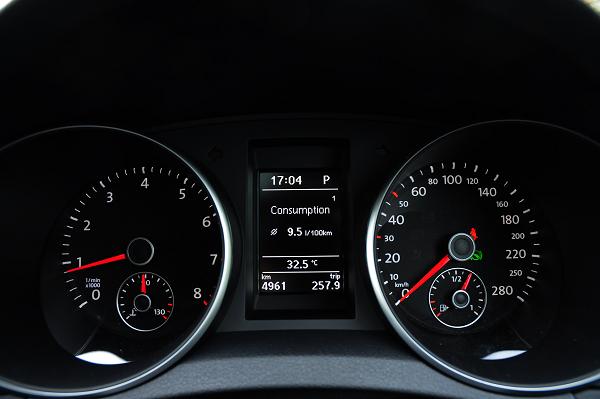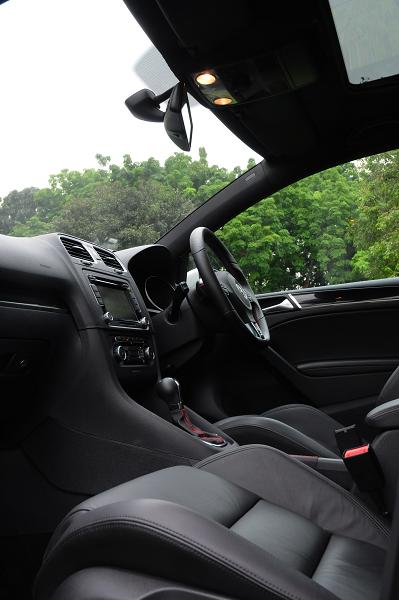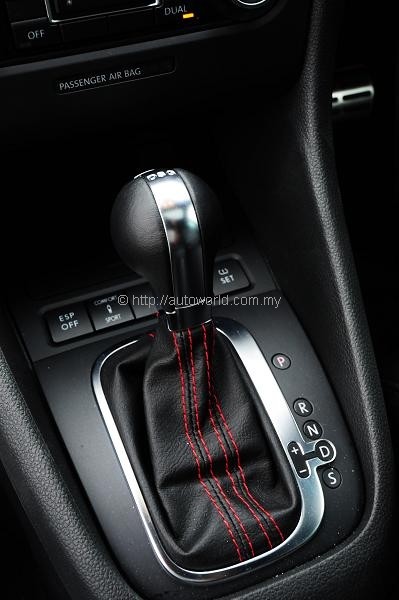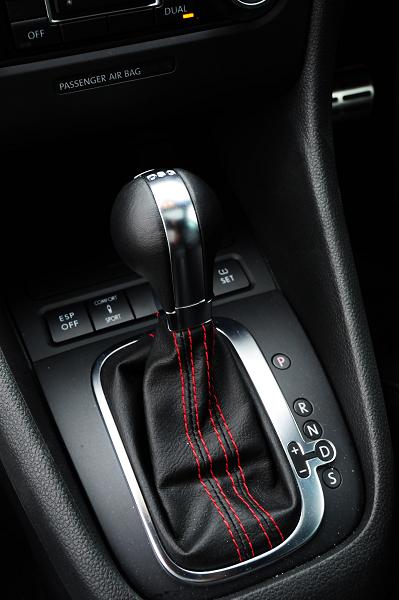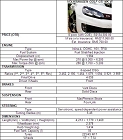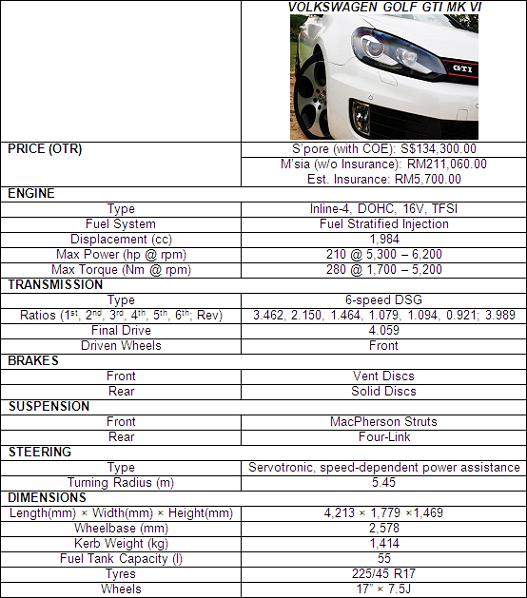Volkswagen Golf GTI Mk VI – Some things can never be replaced
I’ve always held a special spot for the Volkswagen Golf GTI in my heart, especially the Mk V Candy White test drive units that Volkswagen Centre Singapore had previously. I even can remember the number plates of both test drive units till today.
It was through the GTI that I discovered the real joy of driving; its DSG powered me easily from lane to lane as I cut between cars. I was so fascinated by the GTI despite not having a liking for hatchbacks.
The GTI also holds a special meaning to my partner and I – simply because I had the Mk V for an overnight test drive and insisted on picking him up for our first date with it. Since then, we’ve been playing this little game of “Spot the GTI” between us. Every time either of us sees a GTI on the roads, whoever pinches the other on the cheek first …(ed: Err… about the car?)
Uh.. oops! Back to the GTI, which was, of course, the Mk V GTI, and it has since been replaced. In July 2009, the latest Volkswagen Golf GTI Mk VI was launched in Singapore, substituting the Mk V that I so loved.
The new GTI test drive unit from Volkswagen Centre Singapore is still Candy White (as seen here in our pictures) and I was looking forward to my time with it. Finally getting a drive in early September, I took the time to fully explore the replacement.
The Visuals
The new GTI has a whole host of newly-designed parts that distinguish it quite significantly from its predecessor. The most obvious way to tell the difference is by its grille. I’ve always liked the honeycomb design of the GTI grille, but in the new GTI, the same honeycomb-designed grille is a lot leaner – although still outlined in the same signature red – and the honeycomb pattern does not extend to the lower front bumper.
Taking on more angular lines, the new GTI is styled more aggressively and less roundish like its predecessor was. Ridding itself of the wide-eyed design, the slit headlights of the new GTI complete its aggressive image. There are also headlight washers – quite a solicitous feature. Along with the new headlights are wider and vertical (instead of circular) fog lamps.
From behind, the easiest way to tell differentiate between old and new is by its exhaust pipes. Instead of two pipes together, the exhausts are now symmetrical with one on each side. The tailgate spoiler has been enlarged slightly and there is a diffuser at the lower part of the bumper. Like the front, the headlights at the rear are slit and no longer circular.
Overall, the GTI’s styling has lost its curves and become more aggressive with its sharp lines and angular edges.
The Mechanics
To better illustrate the differences, I did up this simple table of comparison so you can see it in numbers for yourself. The new GTI houses a turbocharged engine of the same displacement as its predecessor’s, but some tweaking has been done (mainly to the ECU and exhaust system) to produce slightly more power (10bhp more than before), and hence able to reach a higher top speed. Torque numbers remain unchanged and so acceleration from rest to 100 km/h still stands at 6.9 seconds. The six-speed dual-clutch DSG gearbox is unchanged too, and is as remarkable as it always was, never failing to deliver what is expected of it.
 |
But before you ask what else is different besides the visual adaptations, allow me to tell you about the XDS electronic transverse differential lock and the dynamic chassis control (DCC) system.
The XDS is used for the first time in a Volkswagen. It is essentially an extension of the electronic limited-slip differential (EDS) integrated in the electronic stabilisation programme (ESP) to improve traction and handling properties of the car. For example, when cornering at too high a speed, brake pressure will automatically build up at front inside wheel so as to give more grip and correct any understeer.
Standard on all new GTIs sold in Singapore, the DCC can be left to run on its own as it constantly reacts to the road surfaces and driving situations accordingly by adjusting damping during acceleration, braking and steering actions. Otherwise, drivers can choose from three options – Comfort, Normal or Sport – which have differing suspension and steering settings. Quite obviously, the Sport mode has the stiffest suspension and most responsive electric power steering.
Driving the front-wheel drive GTI is as smooth as I remembered it to be, with lightning-fast pick-ups thanks to the superb DSG gearbox. What’s distinctly different this time though, is the sound note of the GTI. The newly-developed engine and exhaust system has resulted in a new sound. Many reports that I’ve read about the new GTI rave about this change in sound, but I beg to differ. I fondly recall the melodious bouncy note that the Mk V used to make when it was changing up or down gears. Not that the new exhaust note is jarring or annoying to the ears, it’s just coarser and rougher than it was previously.
The Inside
The structure of the new GTI is almost equivalent to its predecessor, both cars being about the same size and proportion. With identical solid build quality, other similarities include the electronic driver’s seat and electronic sunroof which always helped me to spot a GTI from afar.
The most visually apparent change within the new GTI’s cabin is probably the red stitching of the steering wheel, gear shifter and handbrake lever. Other changes include the new flat-bottomed steering wheel, redesigned centre console and new instrument cluster. The buttons below the display monitor have been rearranged and the aircon vents have a chrome trim that matches the chrome bits on the new steering wheel.
Standard equipment includes seven airbags (including knee bag on driver’s side), electronic stabilisation with electronic differential lock, traction control, ISOFIX mounting points for child seats, rain sensors, parking sensors, tyre pressure monitoring system, brake pad wear indicator, bi-xenon headlights and a headlight washer system.
The Conclusion
The new GTI is indeed a good car and drives very well, no doubt maintaining the GTI’s solid reputation. But from a personal perspective, I still prefer the Mk V. It’s gentler, curvier, rounder and some might say, cuter. Clearly, the design and the set-up of the Mk VI are intended to be more aggressive and shall I say, more manly.
Ironically, it was the softer side of the sporty Mk V that appealed to me – how it could deliver such impressive performance, yet having that inner charisma which reached out to many other women too. I’ve spoken to quite a handful of female Mk V GTI drivers who love how effortlessly it drives that they hog it most of the time, leaving their husbands with a lesser car as a result.
Don’t get me wrong; I do rate the Mk VI much favourably and highly recommend it, just that I have a personal preference for something less ‘masculine’. Given time, I’m sure the Mk VI will reveal its charm and attract women like it always did or even more than before.
The latest GTI is available as a three- or five-door hatch as per before, retailing at $134,300 with COE for the five-door and $4,000 less for the three-door.
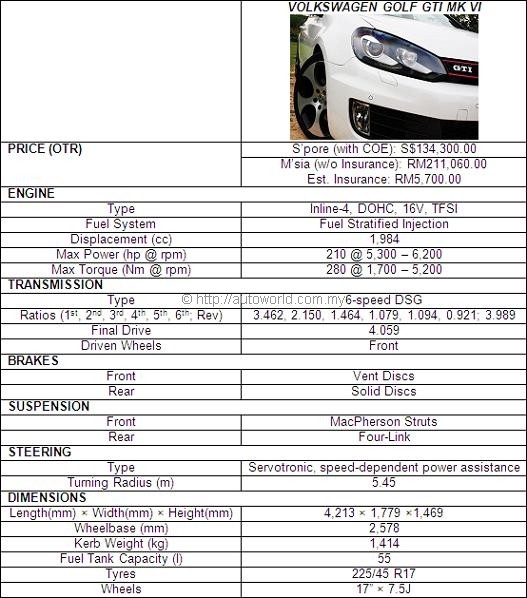 |
 |
Pictures: Adrian Wong
*This story was first published in FASTLANE #12 magazine (Dec ’09–Jan ’10).





